Acne Treatment Selector
Find Your Best Acne Treatment
Answer a few questions about your skin to get a personalized recommendation for the most effective acne treatment.
What's the severity of your acne?
Do you have sensitive skin or a history of irritation?
Are you concerned about antibiotic resistance?
What's your budget for topical treatments?
Your Recommendation
When you’re battling stubborn breakouts, the choices feel endless-prescription gels, over‑the‑counter creams, and a slew of “miracle” products. If you’ve landed on Cleocin Gel, you probably wonder how it stacks up against the other options on the market. This guide breaks down the science, costs, and real‑world pros and cons so you can decide whether Cleocin Gel (clindamycin) is the right fit or if another topical acne weapon suits you better.
Key Takeaways
- Cleocin Gel delivers a prescription‑strength antibiotic directly to the skin, targeting acne‑causing bacteria while reducing inflammation.
- Alternative topicals range from other antibiotics (Bactroban, Dalacin) to non‑antibiotic agents like benzoyl peroxide and retinoids.
- Cost, bacterial resistance, and skin sensitivity are the main factors steering the best choice for each individual.
- Combination therapy-pairing an antibiotic with benzoyl peroxide or a retinoid-often yields the fastest results and limits resistance.
- Always consult a healthcare professional before starting any prescription regimen, especially if you have sensitive skin or a history of allergies.
Cleocin Gel is a prescription‑only topical formulation that contains 1% clindamycin phosphate, an antibiotic that inhibits protein synthesis in acne‑causing bacteria. It is applied twice daily to affected areas, typically for a course of 4-12 weeks. The active ingredient, clindamycin is a lincosamide antibiotic effective against *Propionibacterium acnes* (now *Cutibacterium acnes*), which helps reduce the redness and pustules associated with inflammatory acne.
How Cleocin Gel Works
The gel’s thin, non‑greasy base allows clindamycin to penetrate the follicular opening where bacteria thrive. By binding to the 50S ribosomal subunit of the microbe, it stops protein synthesis, leading to bacterial death. The product also displays mild anti‑inflammatory properties, calming the surrounding tissue. Because it’s a gel, it dries quickly and is less likely to cause the oily feeling that some ointments leave behind.
Top Alternatives Overview
Below is a snapshot of the most common alternatives you’ll encounter, each with its own mechanism and usage profile.
Bactroban is a topical antibiotic cream containing 2% mupirocin, commonly used for skin infections and sometimes off‑label for acne. It targets a broader range of bacteria, including *Staphylococcus aureus*.
Dalacin is a brand of clindamycin phosphate 1% gel, essentially the same active ingredient as Cleocin but marketed under a different name. It’s often prescribed in Europe.
Erythromycin Gel is a topical macrolide antibiotic that inhibits bacterial protein synthesis, similar to clindamycin but with a different resistance profile. Available in 2% formulations.
Fusidic Acid Cream is an antibiotic derived from *Staphylococcus* bacteria that blocks protein synthesis, often used for superficial infections and acne. Comes in 2% strengths.
Benzoyl Peroxide is an over‑the‑counter oxidizing agent that kills acne bacteria on contact and helps unclog pores. Concentrations range from 2.5% to 10%.
Retinoids are vitamin A derivatives (e.g., adapalene, tretinoin) that normalize skin cell turnover, prevent clogged pores, and possess anti‑inflammatory effects. Available in both prescription and OTC strengths.
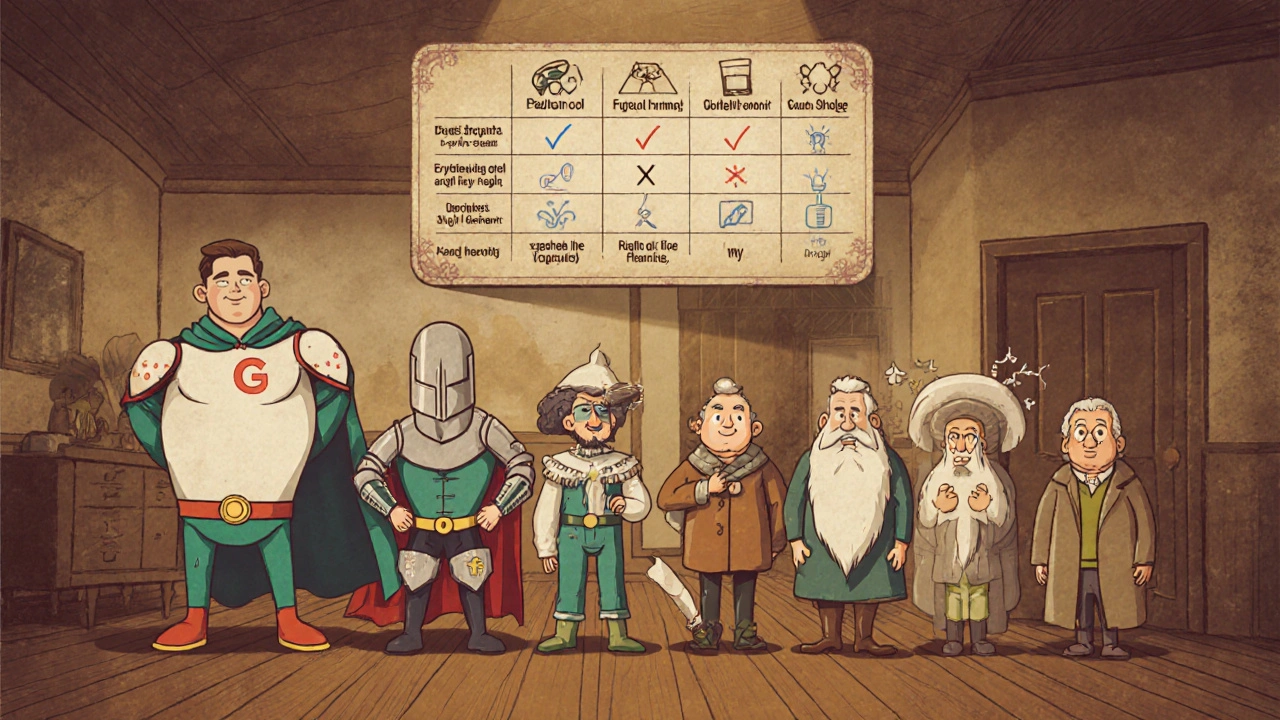
Side‑by‑Side Comparison
| Product | Active Ingredient | Formulation | Primary Use | Typical UK Price (per tube) | Pros | Cons |
|---|---|---|---|---|---|---|
| Cleocin Gel | Clindamycin 1% | Gel | Inflammatory acne | £15‑£20 | Prescription strength, low irritation, easy to apply | Possible bacterial resistance, requires prescription |
| Bactroban Cream | Mupirocin 2% | Cream | Skin infections, off‑label acne | £12‑£18 | Broad spectrum, useful for resistant strains | Thicker texture, higher cost for larger areas |
| Dalacin Gel | Clindamycin 1% | Gel | Inflammatory acne | £14‑£19 | Same efficacy as Cleocin, sometimes easier to obtain in EU | Same resistance concerns |
| Erythromycin Gel | Erythromycin 2% | Gel | Inflammatory acne | £10‑£16 | Alternative for clindamycin‑intolerant patients | Higher chance of irritation, resistance patterns similar |
| Fusidic Acid Cream | Fusidic Acid 2% | Cream | Superficial infections, acne | £8‑£14 | Good for mixed bacterial flora | May be less effective as monotherapy for severe acne |
| Benzoyl Peroxide | Benzoic acid derivative 5% | Gel/Cream | Both inflammatory & non‑inflammatory acne | £5‑£12 | Fast bacterial kill, reduces resistance when combined | Can cause dryness, bleaching of fabrics |
| Retinoids (Adapalene) | Adapalene 0.1% | Gel | Comedonal & inflammatory acne | £8‑£20 | Prevents new lesions, improves skin texture | Initial irritation, sun sensitivity |
Choosing the Right Option for Your Skin
Deciding between Cleocin Gel and its alternatives hinges on three core questions:
- What is the severity of my acne? Mild to moderate breakouts often respond well to OTC benzoyl peroxide or a retinoid. Moderate to severe inflammatory lesions usually need a prescription antibiotic like clindamycin or mupirocin.
- Do I have a history of antibiotic resistance or skin sensitivity? If you’ve used topical antibiotics before and noticed diminishing results, rotating to a different class (e.g., from clindamycin to mupirocin) or adding benzoyl peroxide can reset effectiveness.
- What’s my budget and convenience preference? Prescription products (Cleocin, Dalacin) require a clinician visit, while benzoyl peroxide and adapalene are available at pharmacies.
For many, a hybrid regimen works best: start with Cleocin Gel twice daily, then add a morning application of 5% benzoyl peroxide. After four weeks, introduce a low‑strength retinoid in the evening to keep pores clear. This three‑step protocol tackles bacteria, oil, and clogged pores simultaneously while keeping resistance low.

Safety Tips and Common Pitfalls
- Don’t over‑use antibiotics. Using a single antibiotic for more than three months can foster resistant strains of *Cutibacterium acnes*.
- Watch for irritation. If redness or peeling intensifies after two weeks, reduce frequency or switch to a milder formulation like a lower‑strength benzoyl peroxide.
- Avoid mixing certain ingredients. Combining retinoids with high‑strength benzoyl peroxide can cause excessive dryness; space applications (morning vs night) instead.
- Pregnancy considerations. Clindamycin is generally safe, but always confirm with your GP before starting any new medication during pregnancy.
- Sun protection. Retinoids increase UV sensitivity. Use SPF 30+ daily, even on cloudy days.
Frequently Asked Questions
Can I use Cleocin Gel without a prescription?
No. In the UK, Cleocin Gel is a prescription‑only medication, so you need a doctor's assessment before obtaining it.
How long does it take to see results with Cleocin Gel?
Most users notice reduced redness and fewer new pimples within 2‑4 weeks, but full improvement can take up to 12 weeks.
Is it safe to combine Cleocin Gel with benzoyl peroxide?
Yes, and it’s actually recommended to lower antibiotic resistance. Apply benzoyl peroxide in the morning and Cleocin Gel at night.
What should I do if I develop a rash while using Cleocin Gel?
Stop using the gel immediately and contact your healthcare provider. A rash could indicate an allergic reaction.
Are there non‑antibiotic alternatives that work as well?
For many, a regimen of benzoyl peroxide plus a retinoid can control mild to moderate acne without antibiotics. Severe cases often still need a prescription antibiotic.
Choosing the right acne treatment is a balance of effectiveness, safety, and personal preference. Cleocin Gel offers a potent, targeted approach for inflammatory lesions, but alternatives like Bactroban, benzoyl peroxide, and retinoids can be equally valuable-sometimes in combination. Evaluate your skin type, acne severity, and budget, and don’t hesitate to discuss options with a dermatologist. With the right plan, clear skin is well within reach.
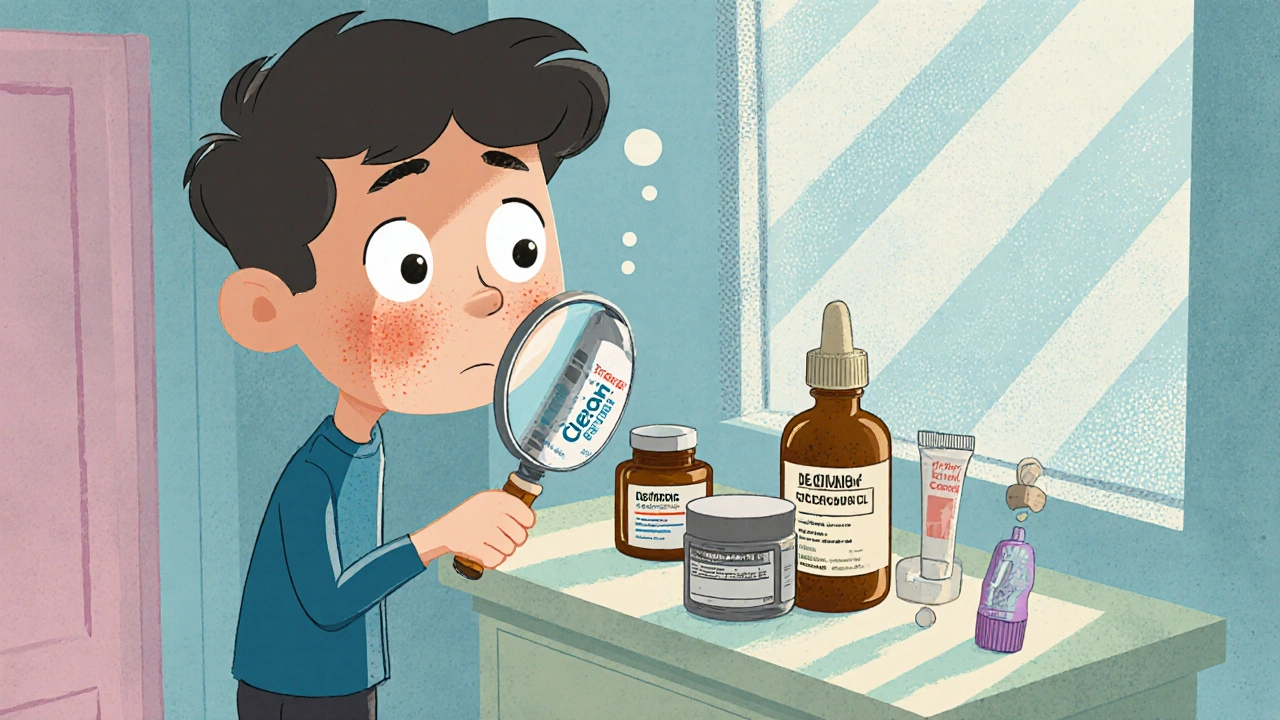
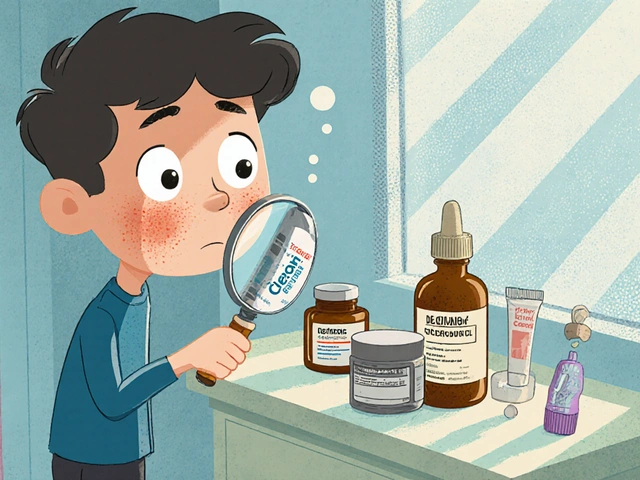
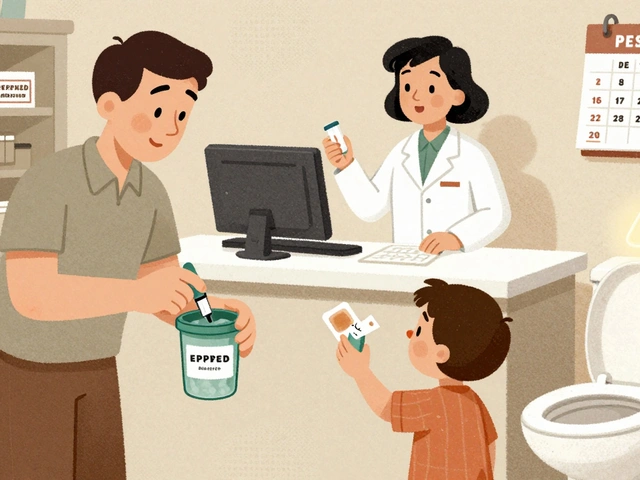

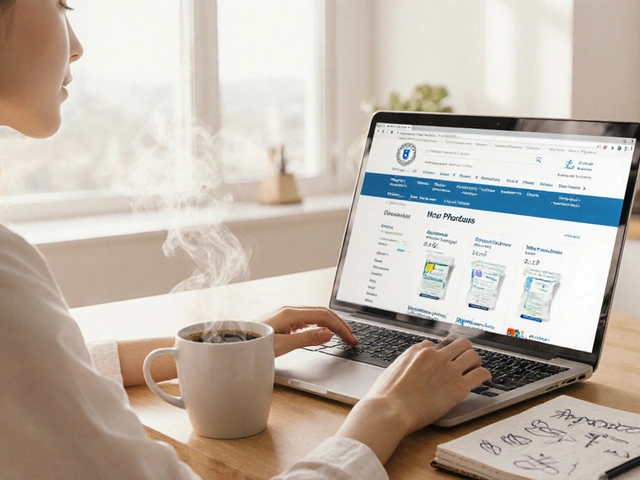
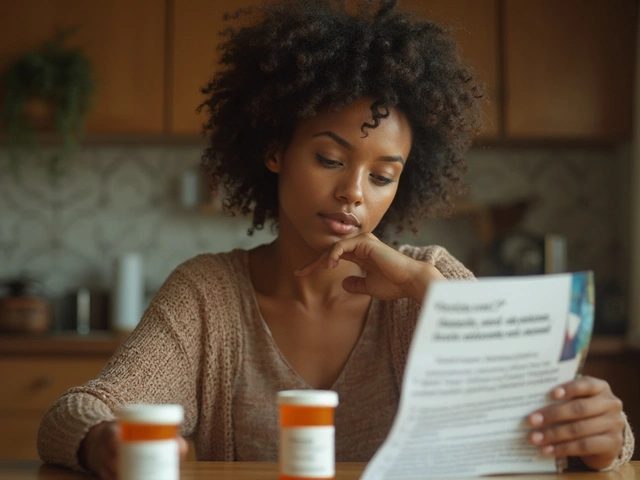
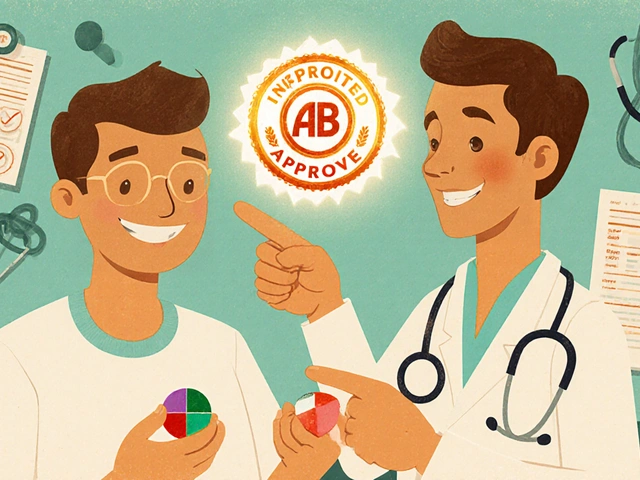
Write a comment
Your email address will be restricted to us